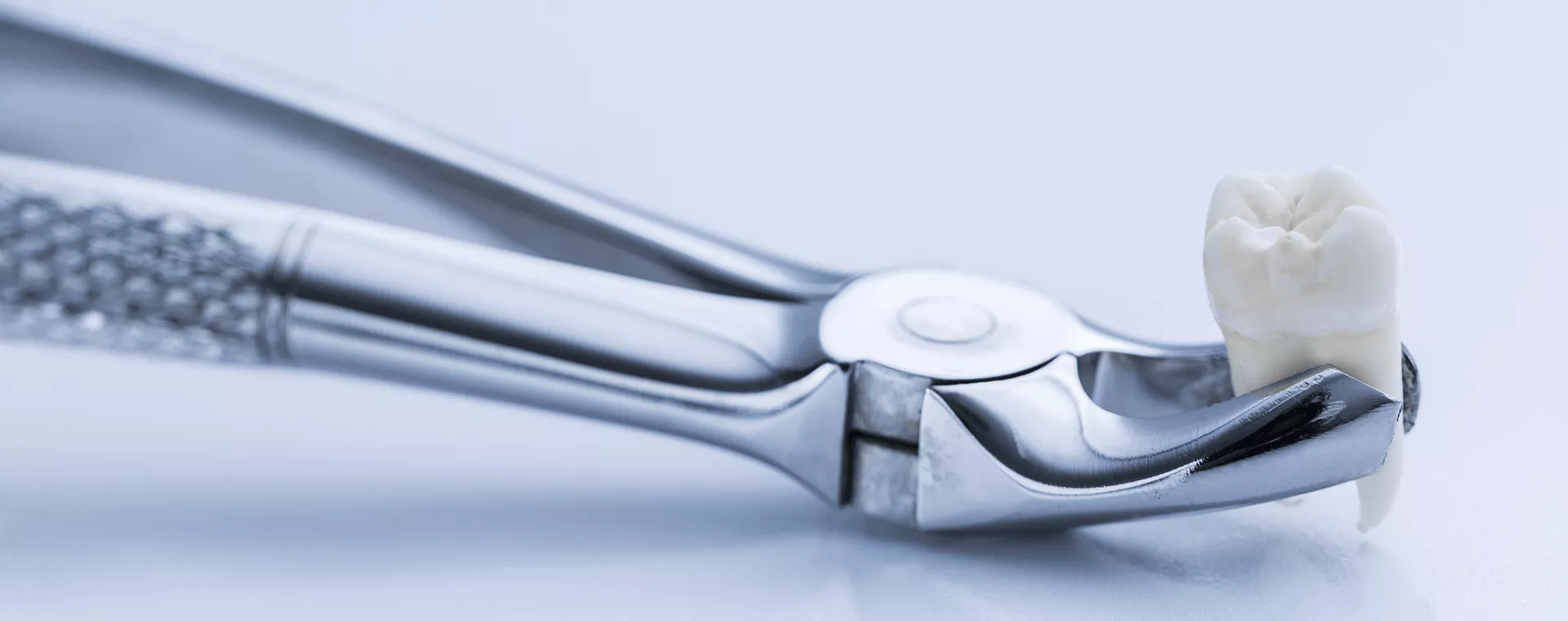
Having one or more teeth extracted can be an important step on the way to a healthy smile, but it’s also an intense process that shouldn’t be underestimated.
At-home care is essential to a smooth recovery. Expect to spend at least a day purely on rest and aftercare, and proceed with caution as you return to other activities. Rushing or skipping steps can lead to complications.
Medication
Following the procedure, you will receive prescriptions for painkillers and possibly antibiotics.
If applicable, take prescribed antibiotics exactly as instructed, completing the entire course.
Pain medication regimens are slightly more flexible, but taking too little medication, or taking it too infrequently, can cause episodes of intense pain which may lead to overuse of the medication later.
Start taking the mildest prescribed pain medication before the anesthesia wears off, and continue taking it on the prescribed schedule for at least the first few days. If this does not sufficiently control your pain, you may need to add stronger medication.
Even if you feel no pain while taking the medication, be patient with your body, and use caution when experimenting with reducing your intake.
Unless otherwise instructed, take all medications with food if possible.
Wound care
You will leave the office with gauze in your mouth. Wait 30 minutes before removing it.
If the surgical site begins to bleed or leak, apply clean, moist gauze and bite down for another 30 minutes.
Otherwise, leave the site completely undisturbed for the first day. Do not chew, brush, rinse, or create suction in your mouth (including smoking or drinking through a straw).
Starting on the second day, return to your normal brushing routine, avoiding the surgical site. To clean the site, rinse your mouth very gently with a saline mixture several times a day, including after eating. One teaspoon of salt per cup of water is ideal for this.
You do not need to remove the sutures yourself, or come to the office for removal. Over time, they will dissolve on their own. Continue avoiding suction and direct contact with the wound as it heals.
Swelling
You may experience swelling or bruise-like discoloration on the side of your face where the extraction was performed. This is normal in the first few days. You can reduce the symptoms by applying ice to the outside of your cheek.
Be sure to protect your skin by wrapping the ice in cloth or a paper towel and taking a 15-minute break after each 15-minute application.
Eating and drinking
Start with cool, soft foods like pudding and applesauce. You can begin adding other foods starting on the third day, based on your own level of comfort.
Staying hydrated is important during all phases of recovery, and it may be difficult if you are not used to drinking without a straw. Make a conscious effort to drink plenty of water.
When to call the office
Let us know right away if you experience:
- Fever that exceeds 101 degrees or persists beyond 24 hours.
- Swelling that does not improve after the first three days.
- Bleeding that does not stop with repeated gauze application.
- A blood clot dislodging from your surgical site, or sudden, extreme pain radiating from the area. This is a sign of a complication called “dry socket.”
When in doubt, give us a call. We’re here to provide exemplary care throughout your healing process, and we’ll be happy to talk you through any issues you may encounter.
